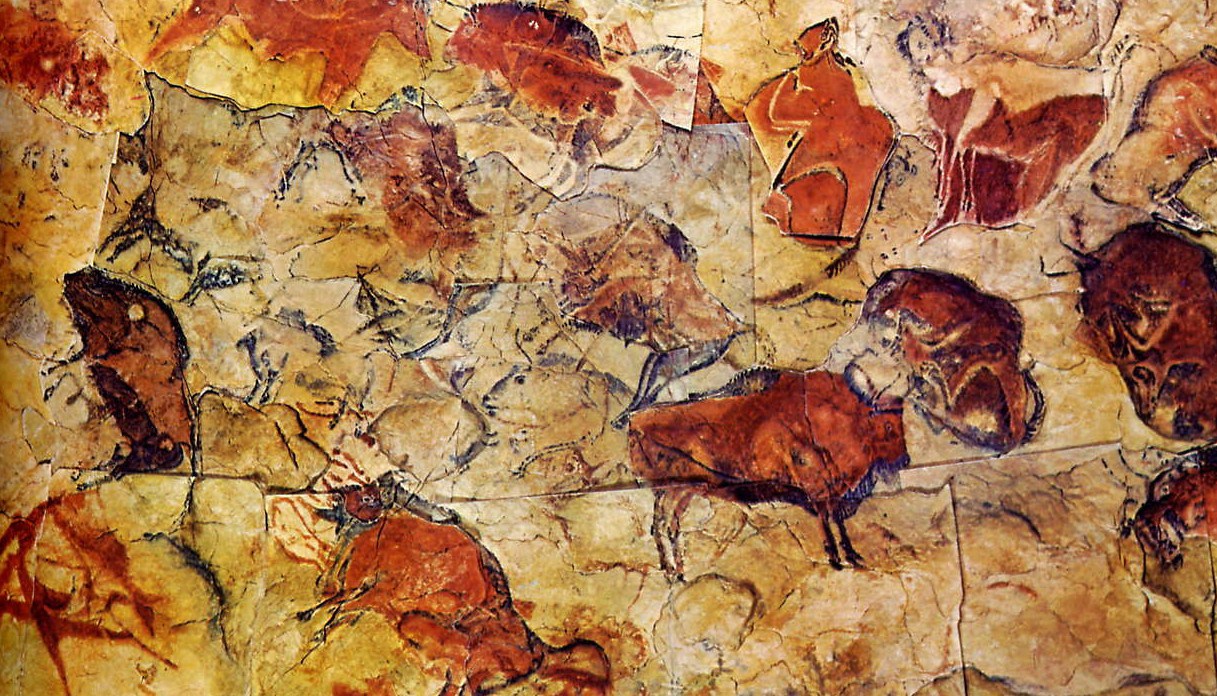A well-respected and prolific Spanish writer, poet and essayist, Felix de Azua, has just published an Autobiography without Life or Autobiografica sin vida (Mondadori 2010) which sounds fascinating and thought-provoking.
Starting with the book cover which uses an image from the 30,000 year-old drawings of horses found in the Chauvet Caves in France, he traces his own life, that of his generation and, in a wider sense, that of western art in general by images of artwork down the ages. His thesis is that the art we humans create bears witness for us as human beings. For century after century, representative art has reflected our place in the world, showing what surrounds us, and what matters to us. At the same time, that art also acts as a substitution for the reality depicted.
For the people frequenting such caves as Chauvet, Lascaux or Altamira, the magic of the rock face art was potent. Its power still reaches us. (As a confirmation of this, I read this week that the Spanish authorities have decided, despite the chorus of opposition from the scientific community, to reopen the Altamira caves to public visits.)
Rupestrian Art, Altamira Caves, Spain
Chauvet Cave Art Paintings (Image courtesy of Bradshaw Foundation)
But over the generations, Felix de Azua contends, this magic has been diluted, dissipated, stolen from art - he cites David's Marat, Goya's Disasters or even Rothko's work as having converted art's magical qualities into shadows and undiluted (maybe soulless?) representation culminating in today's performance art. In Azua's opinion, the nuclear bomb unleashed at Hiroshima not only proved to all mankind that our species is capable of total self-destruction, but it also caused a huge rift in the history of art.
Azua feels that we are thus in the early days of a totally new era in art, one that is full of complexities, given man's awareness of his own potential disappearance. Our awareness of the nuclear threat may be only subliminal now, but the threat does influence today's forms of art. Nonetheless, the magic inherent in art-making still exists or can exist. This "communion with the cosmos" is still necessary for us as humans, in art, in literature, in falling in love. As Azua remarks, "I also know that we cannot do without art, just as we cannot do without religion or science."



